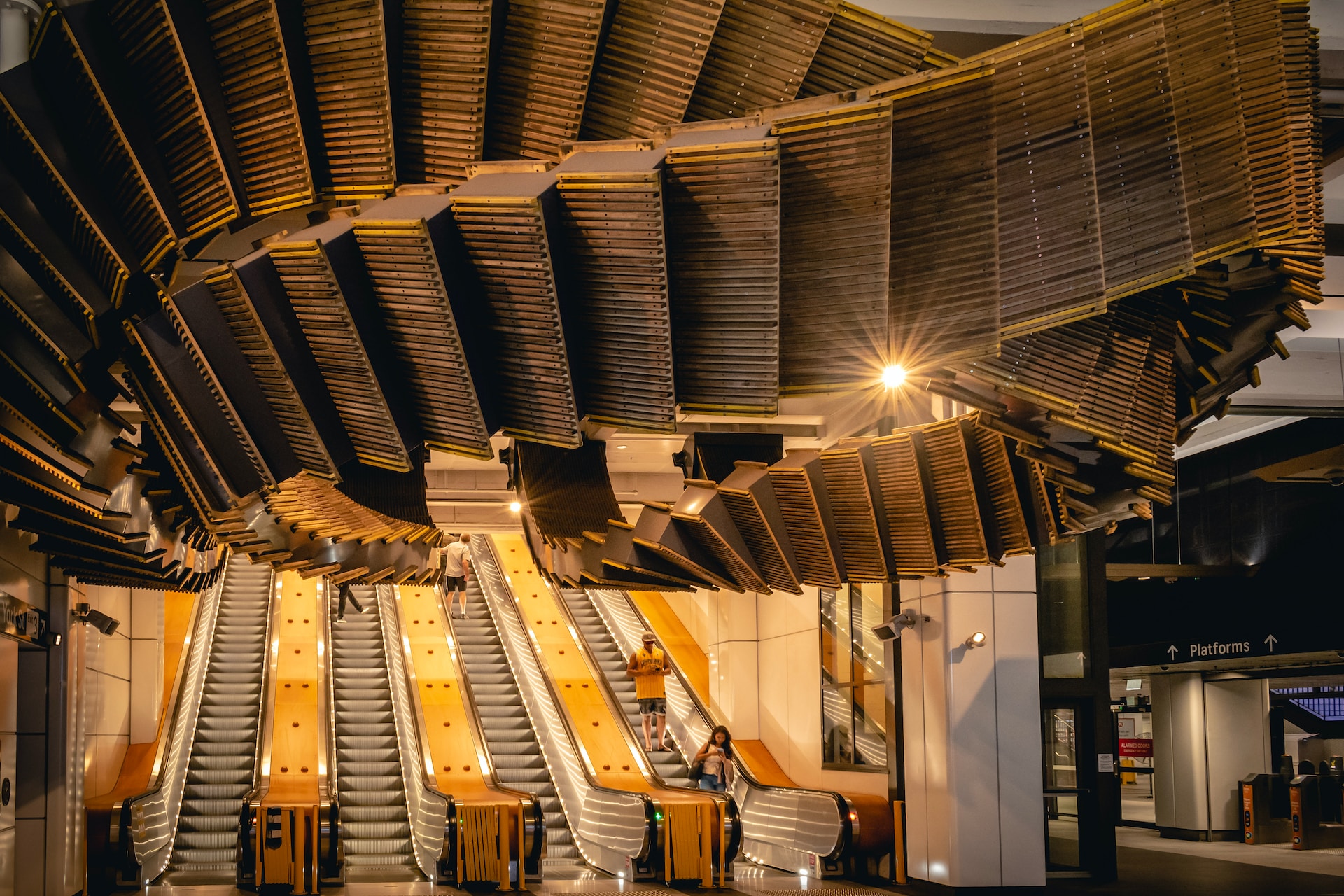Transportation in São Paulo is a complex and dynamic system that can be overwhelming for those who are not familiar with it, but with a little bit of planning and knowledge, it can be navigated with ease. São Paulo is the largest city in Brazil and one of the most populous in the world, with a population of over 12 million people. As a result, its transportation system is extensive and diverse, offering a variety of options for getting to and around the city.
To get to São Paulo from other major cities in Brazil, the most common options are by plane, bus or car. São Paulo is served by two major airports, São Paulo-Guarulhos International Airport and Congonhas-São Paulo International Airport, with many domestic and international flights arriving and departing daily. Bus travel is also a popular option for getting to São Paulo, with many major bus companies operating regular services to and from the city. If you prefer to drive, the city is well connected by highways and roads, making it easy to reach by car.
Once you are in São Paulo, the options for getting around the city are numerous and include buses, trains, subways, and taxis. The city has an extensive public transportation system, with buses and trains operating throughout the city and connecting to the suburbs. The subway system is also a reliable and efficient option, with six lines covering a large portion of the city. Taxis are also widely available, but it is recommended to use the official apps or call a taxi company to ensure safety.
The cost of transportation in São Paulo can vary depending on the mode of transportation and the distance traveled. Public transportation is relatively inexpensive, with a single ride on the subway or bus costing around R$4.50 (0.8 USD) and a monthly pass for unlimited rides costing around R$230 (41 USD). Taxis are more expensive, with rates starting at around R$5 (0.9 USD) and increasing based on distance traveled.
Safety is always a concern when traveling, and São Paulo is no exception. It is important to be aware of your surroundings and take precautions to ensure your safety when using public transportation or hailing a taxi. Avoid carrying large amounts of cash and valuables, and be sure to use official transportation services rather than street vendors.
In conclusion, transportation in São Paulo is a complex system that can be overwhelming for those who are not familiar with it, but with a little bit of planning and knowledge, it can be navigated with ease. The city has a variety of options for getting to and around, including buses, trains, subways, and taxis. The cost of transportation is relatively inexpensive, and safety can be ensured by using official transportation services and being aware of your surroundings.



